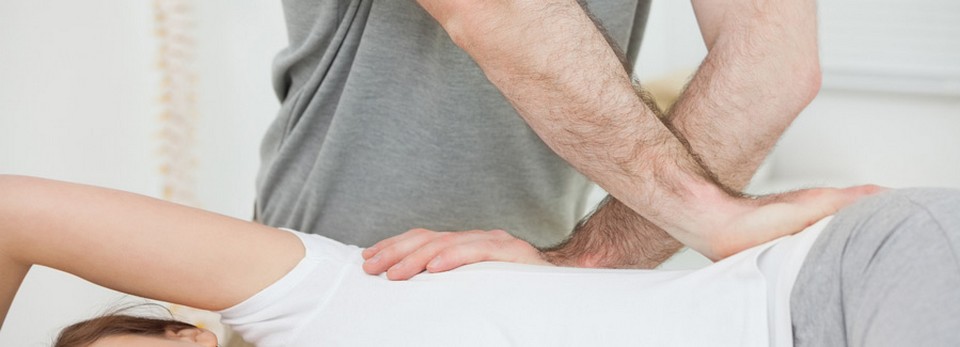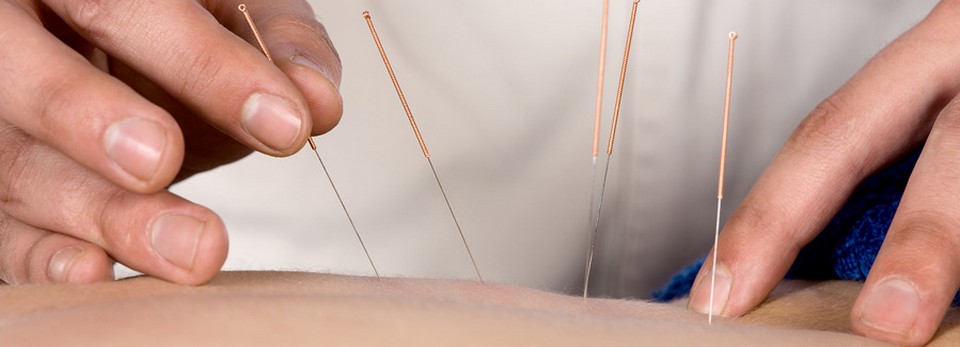 Running is an optimal form of exercise that engages your entire body. However, people who run on a regular basis or for certain sports are prone to running injuries. Incorporating prevention strategies into your running routine is a good way to avoid injuries, but there are also a number of beneficial approaches for injuries you may not be able to avoid.
Running is an optimal form of exercise that engages your entire body. However, people who run on a regular basis or for certain sports are prone to running injuries. Incorporating prevention strategies into your running routine is a good way to avoid injuries, but there are also a number of beneficial approaches for injuries you may not be able to avoid.
Before discussing useful techniques, let’s first take a look at different types of running injuries. The most commons injuries include:
- Shin splints – An injury that develops on the shinbone due to poor conditioning or overuse. The pain usually worsens while running on hard surfaces.
- Achilles tendinitis – Another type of overuse injury that may develop in the Achilles tendon. It is characterized by either a sharp or dull, aching pain near the heel. This injury is common in runners who rapidly increase the duration or intensity of their runs.
- Plantar fasciitis – This injury occurs when a robust band of tissue located under the heel, called the plantar fascia, becomes inflamed. It is associated with pain under the foot near the heel and the discomfort typically subsides after moving around on the foot for a few minutes.
Useful Strategies for Injury Prevention
Strategies that help prevent these types of injuries include using proper athletic shoes and orthotics, stretching before running, and addressing potential training errors.
Running Shoes are obviously required for running, however, it is important that you wear the correct shoes for your foot anatomy and that are actually designed for running. If you are unsure of the type of running shoe that you should be wearing and question the updated and new shoe designs that are always appearing on the market, the best way to determine this is to go to a shoe store that specializes in running shoes. The staff at the store will be able to assess the way that you walk/run and get you into the right shoes, however, some people may still require more custom support in their running shoes with orthotics. Running shoes are designed to absorb the shock from the ground towards your joints and will break down and lose their ability to do so over time, therefore, it is important that your running shoes be replaced on a regular basis, a good guideline is about every six months.
Orthotics are inserts that can be placed inside athletic shoes (e.g., sneakers, running shoes). These types of inserts can be either mass-produced, pre-packaged orthotics or they can be custom-made from a mold of a person's foot for a more precise fit. Orthotics cushion the feet, improve stability, and reinforce back muscles. These specially designed inserts also promote proper alignment of the spine and prolong the amount of time it takes for muscles in the legs or feet to become fatigued.
Runners who use orthotics have consistently reported enhanced comfort and a lower incidence of injuries, including those who use cushioned running shoes. Although the right type of shoe or orthotic is essential, stretching before running is also important.
Stretching heightens the flexibility and strength of muscles in the legs and feet, but dynamic stretching is particularly beneficial. Dynamic stretching mimics the body’s natural movements, but also gently prepares the muscles for more vigorous activity. Examples of dynamic stretches that prepare you for running and prevent injuries include side lunges, bent-knee lateral swings, and single-leg deadlifts. Working with a trainer or physiotherapist can help ensure you are performing stretches properly and avoiding training errors. Static stretching after running is essential while the muscles are still warm and can respond to a stretch well. Hold the stretch in a static position for 20-30 seconds and repeat each stretch at least 3 to 4 times. Post-running static stretches should address all the main muscles of the leg, hip and gluteal regions.
Strengthening is also beneficial when involved in a regular running routine as it strengthens the body with regards to improving your posture and core strength for running, improves balance and running power for both the arms and legs. Examples of strengthening exercises for running are: pushups, dumbbell rows, triceps dips, step-ups, squats, walking lunges, single leg deadlifts, superman/back extensions, glute bridges, planks and leg raises. A physiotherapist can help you with proper strengthening technique so as to not stress your joints and muscles and teach you how to progress your routine.
Training errors are linked to higher running injury rates, with excessive mileage being one of the most common errors associated with injury. Running injuries are also more common in people who run year-round without interruption or short breaks throughout the year. A physiotherapist can help you establish a healthy running routine that lowers your risk of injury. However, there are some cases where injuries cannot be avoided, but rapid treatment can reduce the recovery period.
Beneficial Treatment Approaches
If a running injury develops, taking over-the-counter nonsteroidal anti-inflammatory drugs (NSAIDs) such as ibuprofen, naproxen, or aspirin typically provides temporary pain relief by reducing inflammation. Lower levels of inflammation mean the injured area will feel less stiff and sore. This encourages you to keep moving, while complete inactivity following an injury can disrupt the healing process.
Hot and cold compresses target pain, inflammation, and swelling as well. This is because cold temperatures slow down blood circulation, which lessens muscle spasms and body aches. Similarly, hot compresses soothe muscle tension, boost blood circulation, and heighten flexibility – all of which improve nutrient transfer to the injury site. Therefore, alternating cold and hot temperatures is an optimal way to speed up your recovery.
Finally, working with a physiotherapist can help prevent or treat running injuries. Physiotherapists typically recommend postural changes, lifestyle adjustments, and therapeutic techniques that can help minimize your risk of injury. Plus a massage of your legs and other body parts that are used in running, can also be beneficial on a regular basis to inhibit scar tissue development in muscles from muscle micro-tears and to help maintain overall muscle flexibility in addition to self-stretching. If you enjoy running, incorporate these strategies into your routine today.
References
1. Fields KB, Sykes J, Walker KM, Jackson J. Prevention of running injuries. Current Sports Medicine Reports. 2010;9(3):176-182.
2. Buist I, Bredeweg SW, Lemmink KAPM, et al. Predictors of running-related injuries in novice runners enrolled in a systematic training program: a prospective cohort study. Am. J. Sports Med. 2010; 38:273-80.
3. Andrish JT, Bergfield JA, Walheim J. A prospective study on the management of shin splints. J. Bone Joint Surg. 1974; 56:1697-700.
4. Bates B, Osternig L, Mason B, James L. Foot orthotic devices to modify selected aspects of lower extremity mechanics. Am. J. Sports Med. 1979; 7:338-42.
5. Boven AMP, Janssen GME, Vermeer HGW, et al. Occurrence of running injuries in adults following a supervised training program. Int. J. Sports Med. 1989; 10(Supp 3):S186-90.








